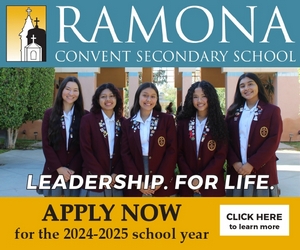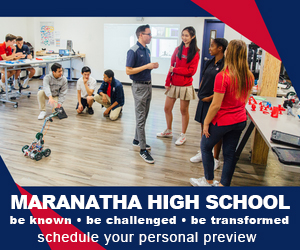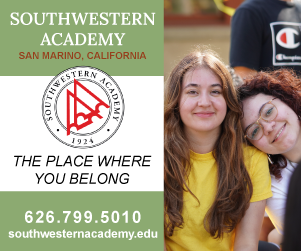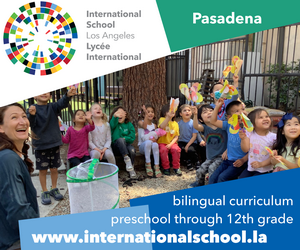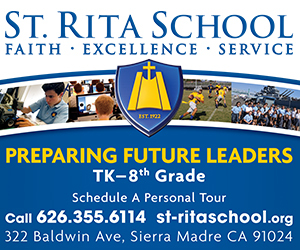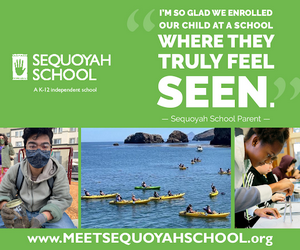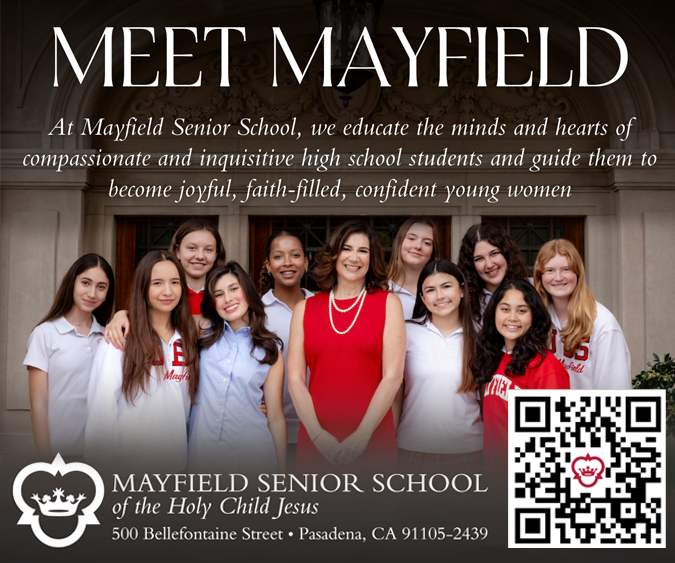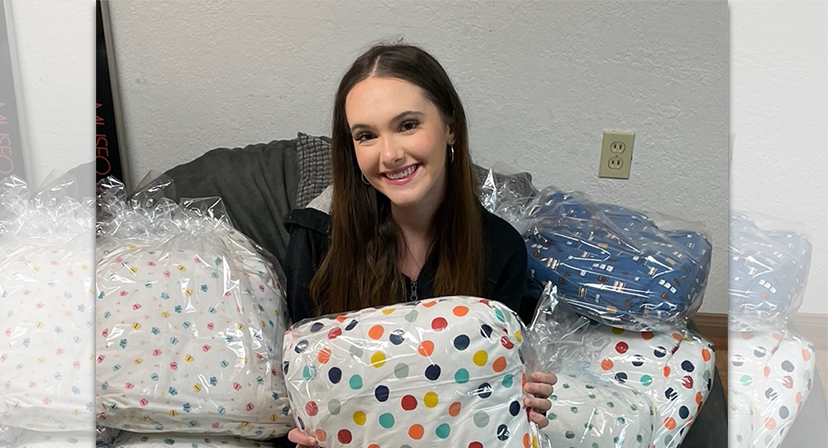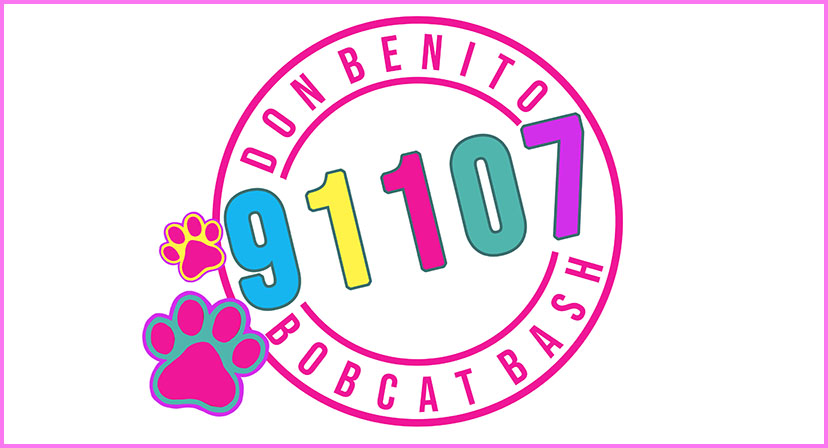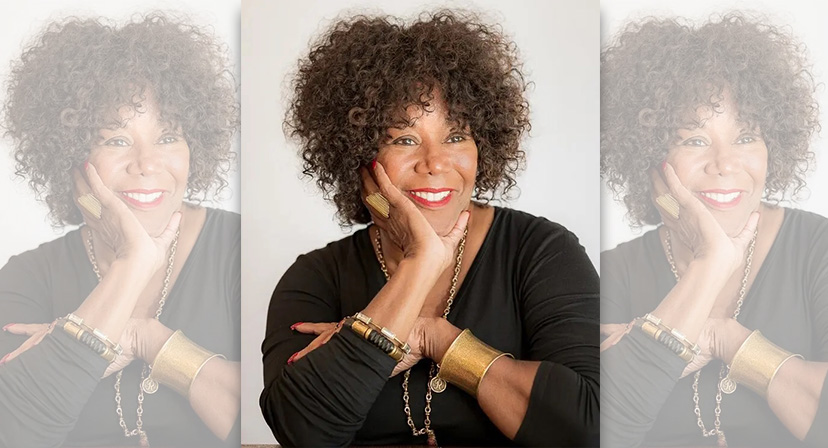SMUSD Nurtures Students’ Social and Emotional Health through Wellness Program
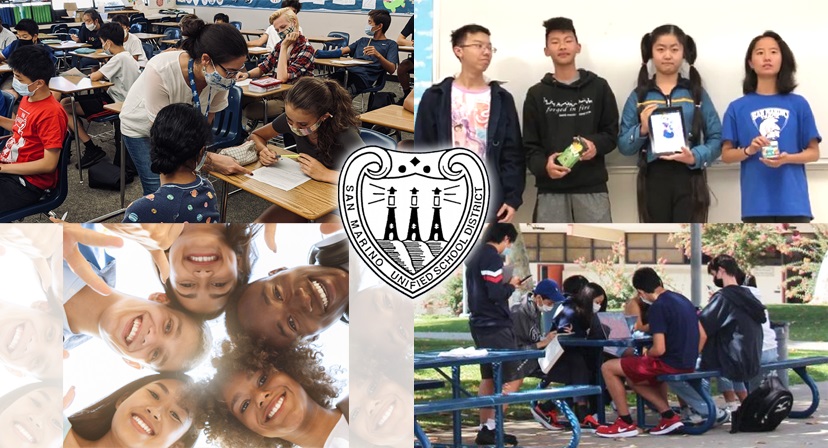
In the San Marino Unified School District, 2021-22 was not just another school year. The first full year of in-person learning since the pandemic began in 2020 brought many achievements, including a robust array of student mental and emotional health services provided through the district’s Wellness Program.
Wellness programs are offered on each of the district’s four campuses. The components vary by campus but all offer individual and group counseling as well as sessions that target important skills, such as building self-esteem, developing mindfulness, managing anger and combatting bullying.
Across the district, nearly 200 students took advantage of wellness counseling during the past year, up from 106 in 2020-21, when most of the services were delivered virtually. The top reasons for the visits include depression, anxiety and stress stemming from family issues and other personal problems.
Although the district does not yet have hard data on the results, school leaders say the wellness programs have made a positive difference.
“The pandemic unexpectedly thrust our students into a period of instability, social isolation and virtual learning,” Superintendent Linda de la Torre said. “Having our Wellness Program in place to support them as they transitioned back to learning on campus with their peers has been highly effective in providing the support and tools, they need to manage their own mental health. I’m grateful to the San Marino Board of Education for their vision and leadership to help students reach their full potential through these wellness initiatives.”
SMUSD began exploring ways to better address mental wellbeing in 2017 when Justin Chang, the student board representative, told the Board that the district needed to do more to help students cope with stress.
“We appreciated that he spoke out,” board member Joseph Chang (no relation) recalled of the student member’s comments. “We said this is an issue we need to start to pay attention to.”
A Student Wellness Committee consisting of students, parents, board members and district staff visited wellness programs in other districts, including Diamond Bar and Palos Verdes. Planning for the first wellness center took shape over the next two years, supported by donations from former Board member Lisa Link, current board member Chang, and groups including the PTSA, the San Marino Schools Foundation, Partnership for Awareness and the Chinese Club of San Marino.
San Marino High School transformed an unused space above the library into the Titan Wellness Center, which opened during the 2019-20 school year, just before the pandemic hit.
The Titan center has three small rooms for private counseling sessions and a main room with bean bags and other comfortable seating. The big room is “a comfortable landing point for anybody with an acute problem, whether it’s thoughts of suicide, stress about a test or a negative parent interaction,” San Marino High School Principal Jason Kurtenbach said. “It’s a place students can come in and get their bearings and just destress.”
At Huntington Middle School, an online wellness center was launched in April 2021. This March it opened the Wellness Lounge, a tranquil space where students can receive counseling and engage in calming activities such as sand therapy, journaling and mindfulness. Designed to encourage students to tap into their senses of sight, sound, touch and smell, the lounge includes a sound bowl and chimes for meditation, for example, and a large monitor that projects images of waterfalls and other nature scenes.
Huntington Wellness Counselor June Gonzalez said students sought services for challenges dealing with anxiety, stress and depression. A weekly social skills group is one of the school’s most effective wellness programs.
“Our students have been away from their peers for a year-and-a-half, so learning to socialize and re-engage with peers has been a challenge for many,” Gonzalez said. “The social skills group has been really successful because it helped students learn how to reconnect and gave them an opportunity to practice important life skills, such as building positive relationships.”
Gonzalez said she knows the program has made a difference because students who were routinely making poor social decisions at the beginning of the school year learned to modify their behavior by problem-solving and taking the perspectives of others into account. “By the end of the year,” she noted “we saw a completely different student.”
Wellness counseling is provided by clinical interns who are recruited from local colleges and universities and supervised by San Marino High School Wellness Counselor Tonya El-Hendi, a licensed clinical social worker. Students who are referred for therapy have the option to work with a clinical intern or therapists from the CSC Health, which offers its services at no charge.
At the elementary schools, services are provided by a school psychologist and a general education counselor in addition to the wellness interns. The schools host group sessions that help students work on specific personal and behavioral issues. They also teach the Second Step program, which supports the whole school’s social-emotional learning through lesson plans on topics such as emotion management, problem-solving and kindness.
“Invisible mentors” also play an important role.
“We’re all invisible mentors to one or two kids of our choosing,” Carver Elementary School Principal Michael Lin said about himself and his staff. “I’m an invisible mentor to a lot of the students who are struggling emotionally or behaviorally. I catch them when they’re good in the hallways. I say, ‘Hey, Johnny, how you doing,’ or “Johnny, how was recess today?’ Just to give that little acknowledgment that Johnny exists and Johnny matters.”
Poor grades are often a sign of social-emotional challenges but El-Hendi noted that in San Marino most students who seek wellness services do not have achievement problems.
“They’re not struggling academically. They’re struggling personally,” El-Hendi said of the students who are referred to the program. “What that shows us is that if students didn’t have a wellness center to walk into when they’re struggling, we wouldn’t know they needed support.
“What we want to do with the wellness programs ultimately is just create a climate where it’s okay to say, ‘I’m not okay right now’ and know they can come to us for help.” San Marino High School believes that all students need to feel safe in accessing help at school when they need it.
San Marino Unified School District (SMUSD), 1665 West Dr., San Marino, (626) 299-7000 or visit smusd.org.




